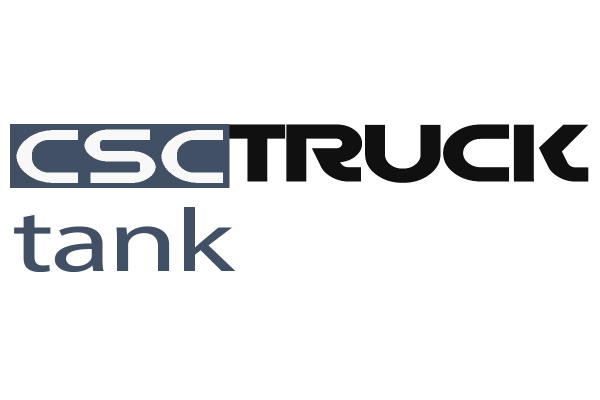The transportation of hazardous materials is a critical part of our modern economy. Every day, millions of tons of hazardous materials are transported by truck, rail, ship, and air. This includes a wide variety of materials, from flammable liquids to corrosive solids to radioactive substances.
The safe and secure transportation of hazardous materials is essential to protect public health and safety. A single incident involving a hazardous material can have devastating consequences. In 2013, a train carrying crude oil derailed and exploded in Lac-Mégantic, Quebec, killing 47 people and destroying the town center.
Chemical tank trucks are a common mode of transportation for hazardous materials. They are used to transport a wide variety of chemicals, including acids, bases, solvents, and flammable liquids. Tank trucks are also used to transport radioactive materials and explosives.
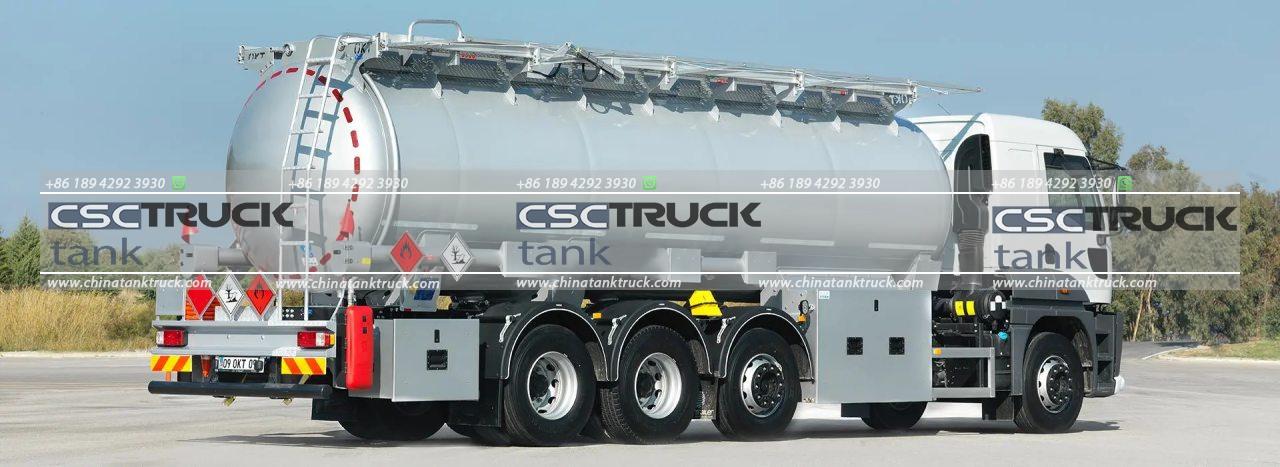
The safe and secure transportation of hazardous materials by tank truck requires a comprehensive approach that includes:
- Proper training for drivers and other personnel involved in the transportation of hazardous materials. Drivers must be trained in the safe handling and transportation of hazardous materials. They must also be familiar with the applicable regulations and procedures.
- The use of properly designed and maintained tank trucks. Tank trucks must be designed and constructed to meet the specific requirements of the hazardous materials being transported. They must also be regularly inspected and maintained to ensure that they are in safe operating condition.
- The use of appropriate packaging and labeling. Hazardous materials must be packaged and labeled in accordance with the applicable regulations. This helps to ensure that the materials are properly identified and handled during transportation.
- The development and implementation of security plans. Security plans should be developed for all shipments of hazardous materials. These plans should address the risks of theft, sabotage, and other security threats.
The following are some additional tips for ensuring the safe and secure transportation of hazardous materials by tank truck:
- Minimize the number of stops. The fewer stops a tank truck makes, the less opportunity there is for something to go wrong.
- Choose well-lit and secure loading and unloading facilities. These facilities should be well-lit and have adequate security measures in place to prevent unauthorized access.
- Monitor the condition of the tank truck during transportation. Drivers should be aware of any unusual noises or vibrations coming from the tank truck. They should also be alert for signs of leaks or spills.
- Report any incidents immediately. If a tank truck is involved in an accident or spill, the driver should report the incident to the appropriate authorities immediately.
The safe and secure transportation of hazardous materials is a shared responsibility. By following the tips outlined above, we can help to prevent accidents and protect public health and safety.
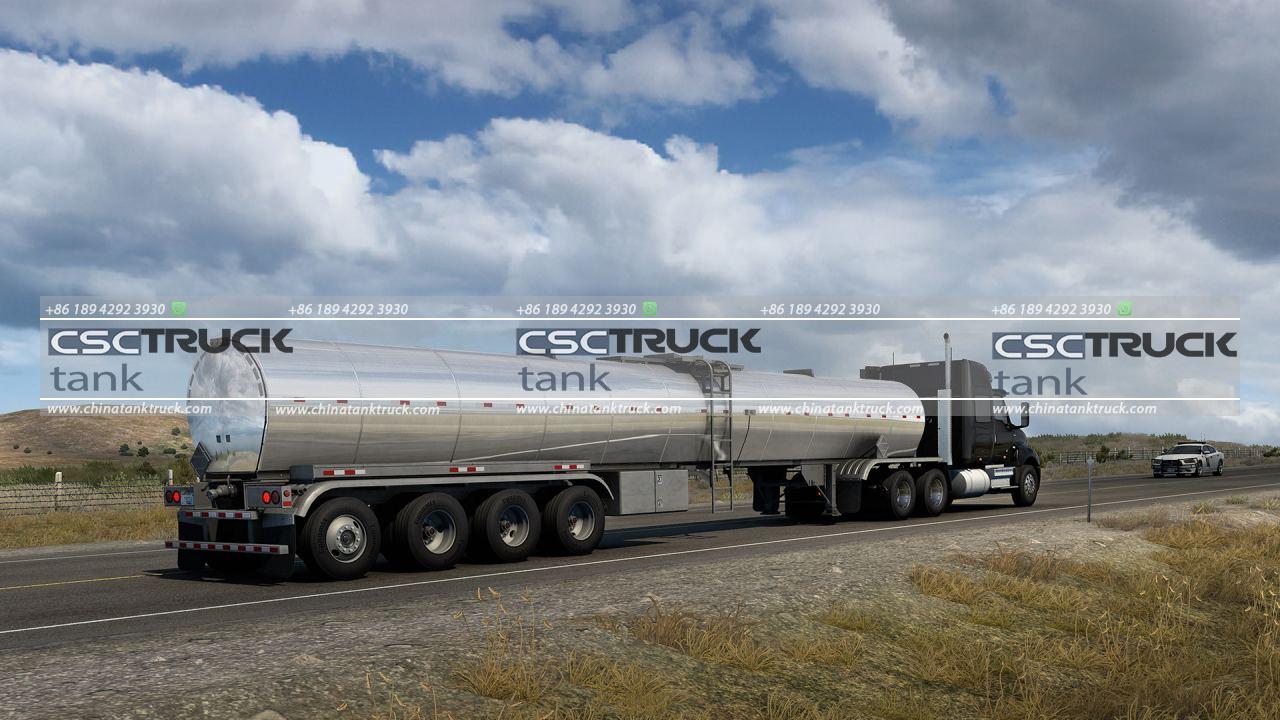
In addition to the above, here are some other important considerations for ensuring the secure transportation of hazardous materials by tank truck:
- The use of electronic tracking systems. Electronic tracking systems can help to monitor the location of tank trucks and ensure that they are following the appropriate routes.
- The use of security seals. Security seals can help to prevent unauthorized access to tank trucks.
- The use of tamper-evident packaging. Tamper-evident packaging can help to ensure that hazardous materials have not been tampered with during transportation.
By following these important considerations, we can help to ensure the secure transportation of hazardous materials by tank truck and protect public health and safety.
The Role of Government Regulations
Government regulations play an important role in ensuring the safe and secure transportation of hazardous materials by tank truck. In the United States, the Department of Transportation (DOT) is responsible for developing and enforcing regulations governing the transportation of hazardous materials. These regulations cover everything from the design and construction of tank trucks to the packaging and labeling of hazardous materials.
The DOT regulations are designed to protect public health and safety by minimizing the risks associated with the transportation of hazardous materials. They also help to ensure that hazardous materials are transported in a manner that is consistent with the best practices in the industry.
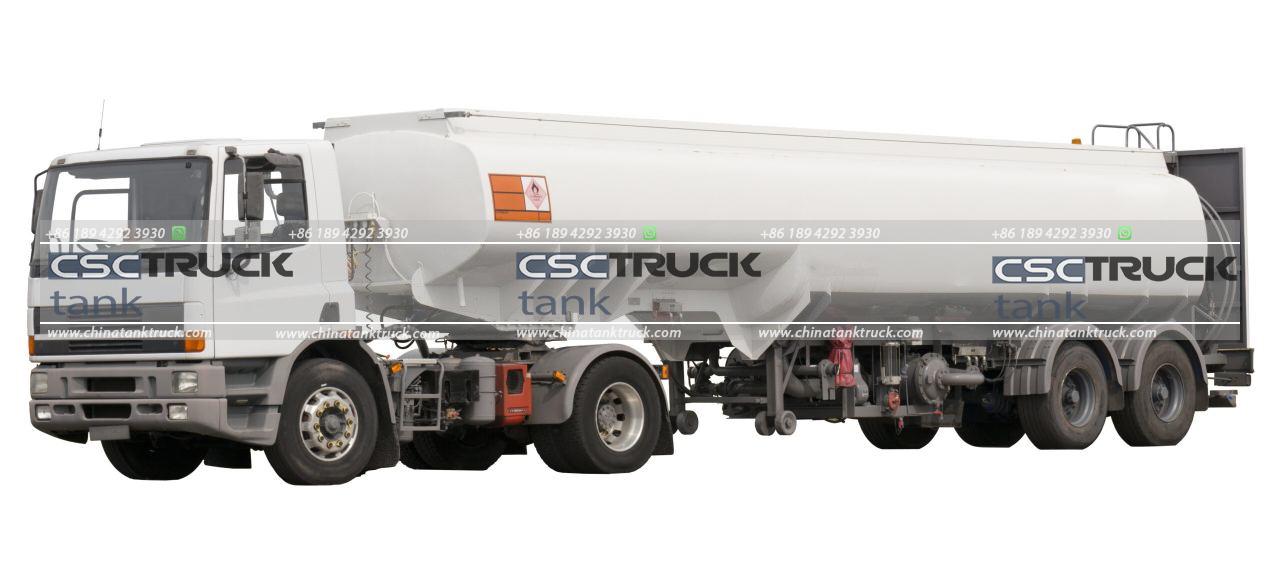
The Future of Chemical Tank Truck Transportation
The future of chemical tank truck transportation is likely to be shaped by a number of factors, including:
- The increasing demand for hazardous materials.
- The development of new technologies for the safe and secure transportation of hazardous materials.
- The need to address the security risks associated with the transportation of hazardous materials.
As the demand for hazardous materials continues to grow, the need for safe and secure transportation methods will also grow. New technologies, such as electronic tracking systems and tamper-evident packaging, are being developed to help ensure the safe and secure transportation of hazardous materials. In addition, the DOT is working to develop new regulations that will address the security risks associated with the transportation of hazardous materials.
The safe and secure transportation of hazardous materials is a complex and challenging issue. However, by following the tips outlined above and by complying with government regulations, we can help to prevent accidents and protect public health and safety.
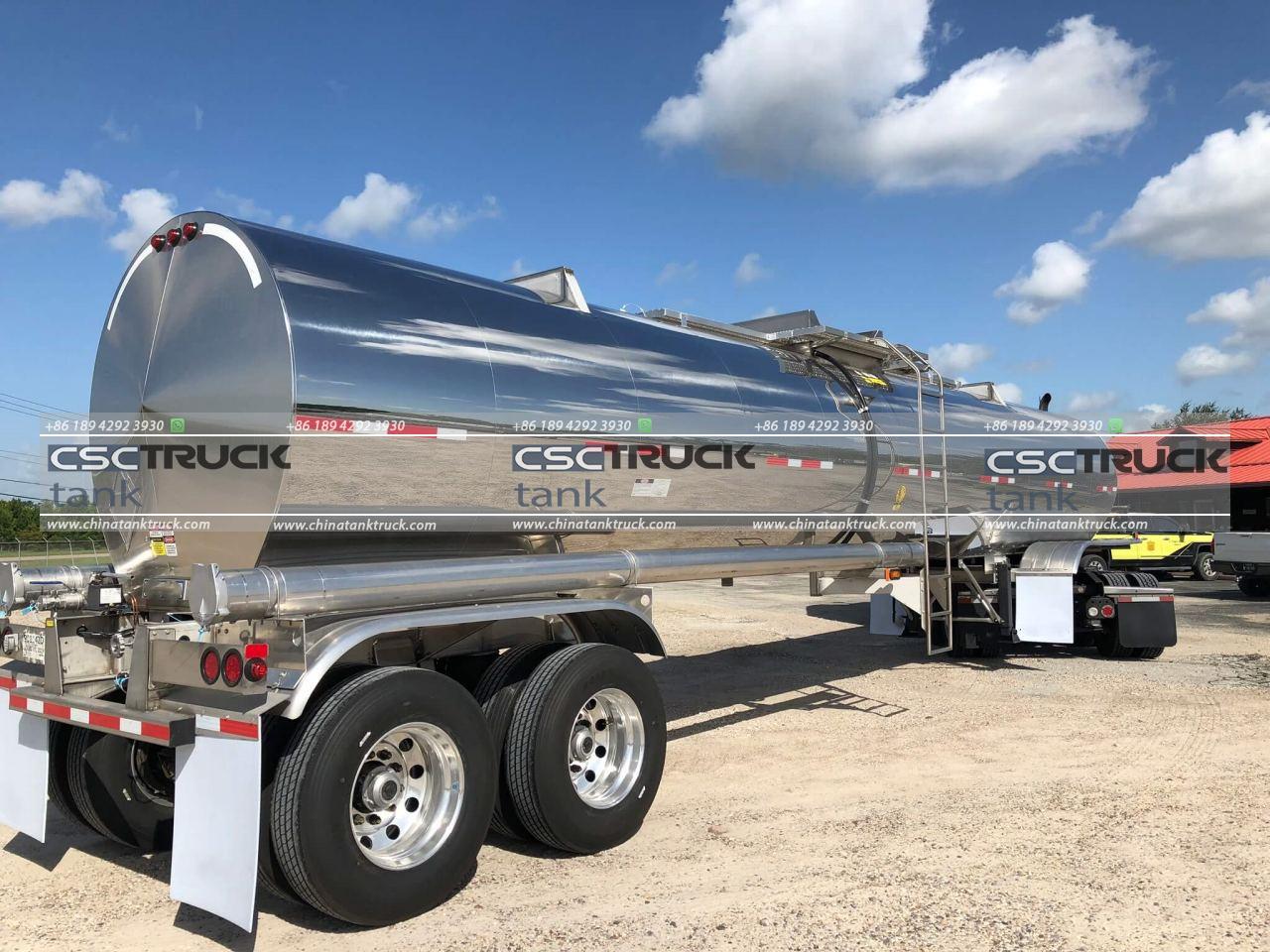
Conclusion
The safe and secure transportation of hazardous materials by tank truck is essential to protect public health and safety. By following the tips outlined in this article, we can help to ensure that hazardous materials are transported in a manner that is safe and secure.
Thank you for reading.
